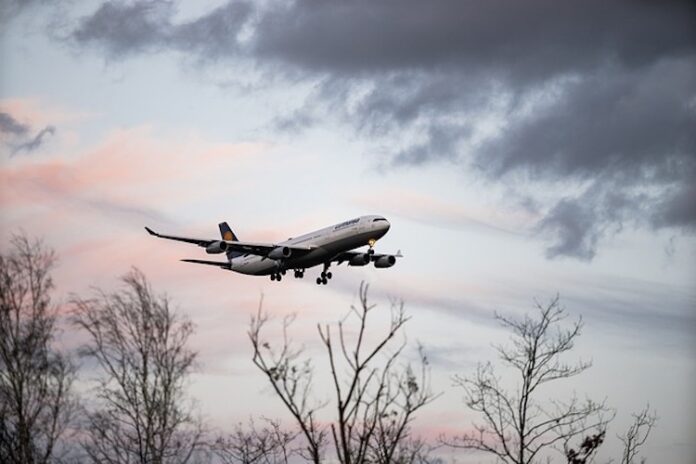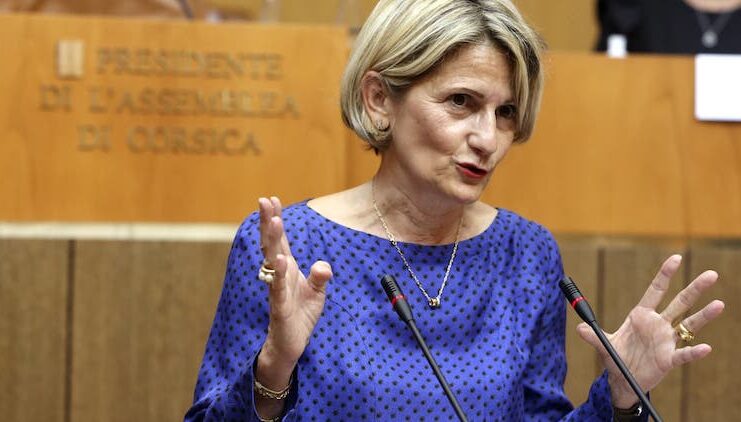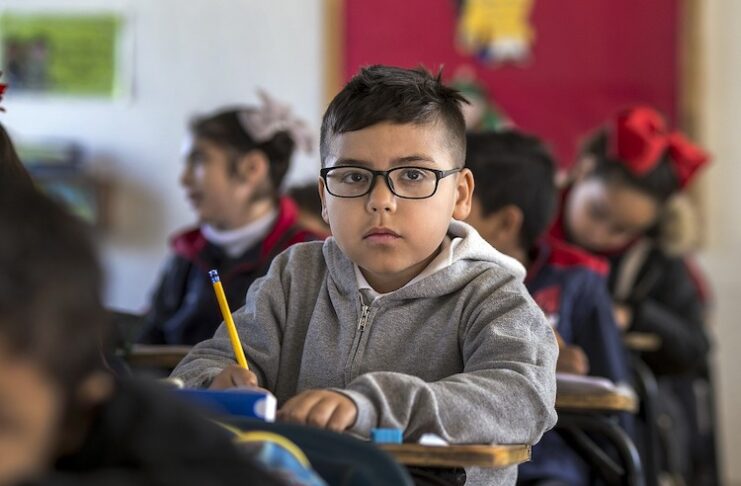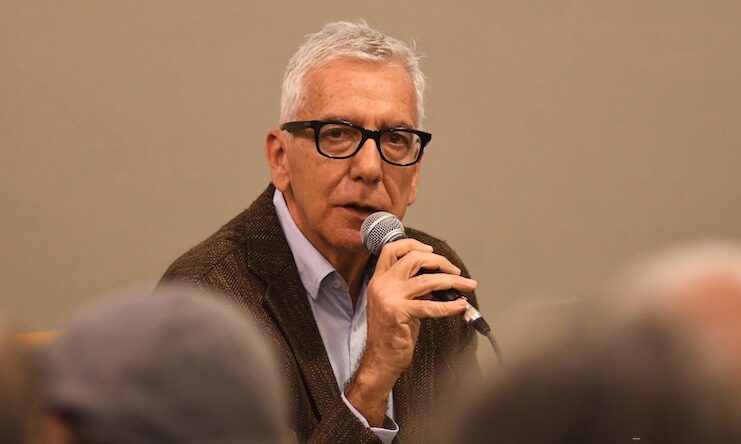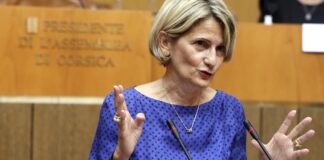The participation in the video-conference by the ambassadors of the respective countries, Luca Ferrari for Italy and Li Junhua for China, is a precise index of the importance of a Report on the initiatives promoted in the civil aviation sector to reduce carbon emissions in the atmosphere, officially presented in mid-November and developed on the basis of cooperation between two think tanks; the Institute for European Studies of the Chinese Academy of Social Studies (CASS) and Eurispes.
The initiative, supported by the Chinese company Chinese Eastern Airlines (CEA) and built with the contribution of numerous experts, including in particular those of the new company ITA Airways, offers an emblematic model of cooperation that goes in the direction of the commitment indicated in the phone conversation of 7 September 2021 between the Italian Premier Mario Draghi and the Chinese President Xi Jinping to intensify bilateral collaboration in the fight against climate change and for sustainable development. The Report entitled “Research on carbon emission reduction paths and cooperation prospects in the civil aviation sector between China and Italy” highlights the value of the initiatives promoted in the two countries in a specific sector which, according to 2019 data, is responsible of 10% of the total carbon emissions of the entire international transport industry, with an increase of 29% recorded in the period 2013-2019. A growth rate that according to the forecasts of the International Civil Aviation Organization (ICAO) is destined to reach a peak of 25% of carbon emissions on a global scale by 2050, if urgent corrective measures are not taken. Cooperation between entities and airline companies is an obligatory path due to the highly transnational nature of the sector and the central role that civil aviation plays in the development of the global economy.
Civil aviation is responsible of 10% of the total carbon emissions of the entire international transport industry
The Report presented in Beijing indicates the paths to follow, the concrete initiatives already launched, the new plans approved in Italy and China, plans consistent with the indications of the main international institutions, starting with the aforementioned ICAO. Explicit is the recognition, presented in the introduction, to the value of the results already achieved so far by Italy in the field of alternative energy. So the document states: «as one of the developed countries and the third largest economy in the European Union, Italy has run well among the EU member states in the transition to green economy. In terms of energy transition, the share of renewable energy in the final energy consumption rose to 17.1% in 2014, fulfilling the EU’s 17% target set for Italy, six years ahead of schedule. In terms of energy efficiency, Italy came top of the EU in recent years, performing evidently better than the EU as a whole, and also better than Germany and France. This is attributed to Italy’s strict energy efficiency standards, white certificates, public sector thermal accounts, large-scale installation of smart meters, and so on. Eurostat data indicate that, Italy’s energy consumption per 1,000 Euro of gross domestic product (GDP) was 97.37 kilograms of oil equivalent in 2019, far lower than the overall EU level (114.21 Euro) and much lower than that of Germany (103.07 Euro), France (112.8 Euro), and Spain (113.03 Euro)». According to the Chinese experts, the “outstanding performance” achieved by Italy in energy conservation and emissions reduction in the civil aviation sector, could “enlighten China’ civil aviation sector” as to find better ways to the “Dual Carbon Goals” for 2030 and 2060 indicated in the context of the XIV Five-Year Plan (2021-2025).
According to the report, in terms of energy efficiency Italy came top of the EU in recent years
Again with reference to Italy, the Italian-Chinese Report illustrates in depth the directives indicated by the Minister of Infrastructures and Sustainable Mobility at the beginning of 2021 for the development policies of air transport within the framework of the programmatic guidelines for the “Sustainable Mobility” based on the new National Recovery and Resilience Plan (PNRR, 2021): «It is essential – the minister states – that air transport is perfectly integrated into a coherent and harmonized transport network, capable of contributing to the reduction of the environmental impacts of the related infrastructures and to promote decarbonisation programs with the objective of zero emissions. It is therefore necessary to encourage the renewal of fleets with the purchase / replacement of new generation aircraft, which are less polluting both for harmful emissions (CO2) and for noise. It is then necessary to develop a new strategy for the use of minor airports currently not open to commercial traffic, whose potential can be developed in terms of accessibility to territories and the promotion of tourist flows».
A strategy that the Italian PNRR, subsequently approved by the European authorities, further specified in Mission 3 – Component 2 of the plan aimed at also enhancing digital innovation applied to air transport, an essential element of the green transition. The Report also highlights the policies adopted by Italian airline companies regarding the efficient management of fuels according to the good practices recommended by the International Air Transport Association (IATA); the promotional and innovative function carried out by the technical bodies of the sector such as the National Agency for Civil Aviation (ENAC), the National Agency for Flight Assistance (ENAV) – for some time recognized as a first-rate interlocutor of the European SESAR program – and the Aeroporti di Roma company (AdR), which, with the initiatives promoted according to the “Environmental Sustainability Plan” applied in the Fiumicino and Ciampino airports, received the highest level of certification from the International Council of European Airports (ACI Europe ), the first airports to achieve this result in Europe and third in the world.
Leggi anche
Finally, it is noted that the new Italian national airline, Italia Trasporti Aereo (ITA Airways), which replaced Alitalia, on the occasion of the first flight on 15 October 2021, has launched a symbolic pilot project, in partnership with ENI and AdR, refueling the first 10 flights of the day with Jet fuel mixed with SAF produced by ENI. On the same day, ENI announced that it was ready to start the production of sustainable alternative fuels for aviation, called “Eni biojet”.
As for the initiatives promoted by China, the Report, in addition to illustrating the government’s strategy for the “Dual Carbon Goal” and the over 100 development programs of the sector authority, the Civil Aviation Administration of China (CAAC), specifically presents the innovative plans of the important Chinese Eastern Airlines (CEA) which has been operating for some time according to the key directives proposed by ICAO for “technological innovation of aircraft, improvement of the operational efficiency of the fleet and infrastructure management, use of SAF – sustainable fuel, ed. – and active participation in the carbon market”.
Green flights at the service of the common good: the protection of the environment
To achieve this goal, CEA works with a “Committee for Air Safety and the Environment”, managed directly by its board of directors, which is responsible for researching and offering advice on major environmental issues on a national and international scale; it has also created a specific “Group for the Coordination of Works related to Environmental Protection and Energy Saving” to promote sustainable and low-carbon emission plans, the circular economy, and the “Dual carbon goal”. The framework of the main areas of intervention of the CEA company concerns: technological innovation, with interventions on the structures of its aircraft (for example in engine software); the foundation of its own “Center for Research and Technological Development” and the creation of an industry-university-research platform in collaboration with research institutes and companies producing ground support equipment; the optimization of the management of the fleet, routes, operations and airport infrastructures; the increase in the use of sustainable SAF fuel; strengthening collaboration with other international airline companies on sustainability and emission reduction; participation in an increasingly active carbon emissions trading (ETS) in the EU as well as in China.
The illustration of all these elements presented by the Italian-Chinese Report highlights the value of the first online dialogue after the G20 summit in Rome that the ambassadors of the two countries had last month to build a system of “green flights” at the service of the common good: the protection of the environment.
*General secretary, Eurispes
The Report – in Chinese, Italian, English – can be downloaded from the following website:
Event – ies.cass.cn/en/event/202111
Chinese Version: civil aviation emissions reduction final report CHINESE
Italian Version: civil aviation emissions reduction final report ITALIAN
English Version: civil aviation emissions reduction final report ENGLISH


